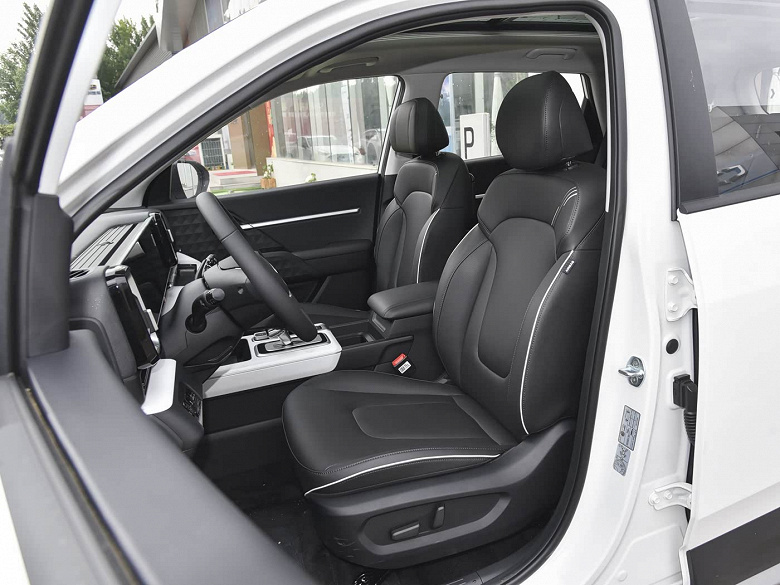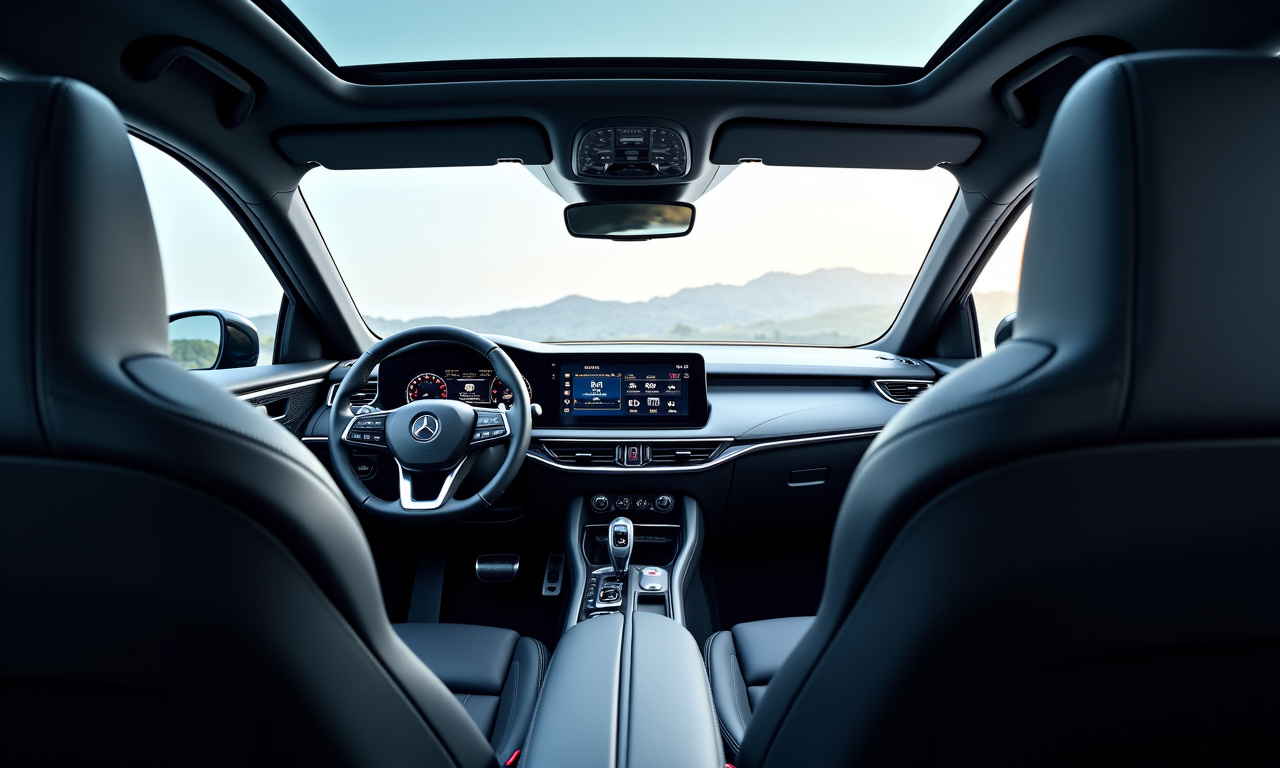Hyundai Rolls Out New Crossover in China
In a strategic move to capture the burgeoning Chinese automotive market, Beijing Hyundai has launched the Hyundai Mufasa 2026 crossover. This latest entrant is available in three variants, positioning itself competitively with prices ranging from 121,800 to 142,800 Yuan (equivalent to approximately 1.4 to 1.63 million Rubles). Notably, the top-tier model of this crossover is priced comparably to the base model of the Lada Vesta in Russia.
Key Features and Specifications
The Mufasa 2026 boasts a 2.0-liter engine delivering 160 horsepower, paired with a six-speed automatic transmission. Each variant is equipped with cutting-edge automotive technology including parking sensors situated at both the front and rear, a front-facing camera, lane departure warning systems, and a panoramic sunroof. The vehicle also offers a choice between 16 or 17-inch alloy wheels.

Digital Dashboard: A Leap Towards Modernization
Setting the Mufasa 2026 apart from its predecessors, the interior has witnessed a notable transformation with a fully digital instrument panel. Previously, the model featured a 4-inch display; however, this has been significantly upgraded to a 12.3-inch screen, providing enhanced clarity and interface. The addition of two large screens elevates the crossover’s modern appeal, though it falls short of premium brands like Li Auto, it significantly enhances the vehicle’s overall tech-savvy image.


The Bigger Picture: Strategic Implications
The launch signifies Hyundai’s aspiration to solidify its foothold in the highly competitive Chinese market, known for its dynamic growth and demand for technologically advanced vehicles. As digitization becomes a defining trend in the global automotive industry, the Mufasa 2026’s updated features align with consumer preferences in emerging markets, reinforcing Hyundai’s commitment to innovation.
By introducing the Mufasa 2026, Hyundai is not only investing in product development but also aligning itself with the future trajectory of automobile design, marked by increased digital integration and smarter vehicles. This development is a step towards meeting the evolving expectations of tech-savvy consumers and maintaining competitiveness in a crowded marketplace.

